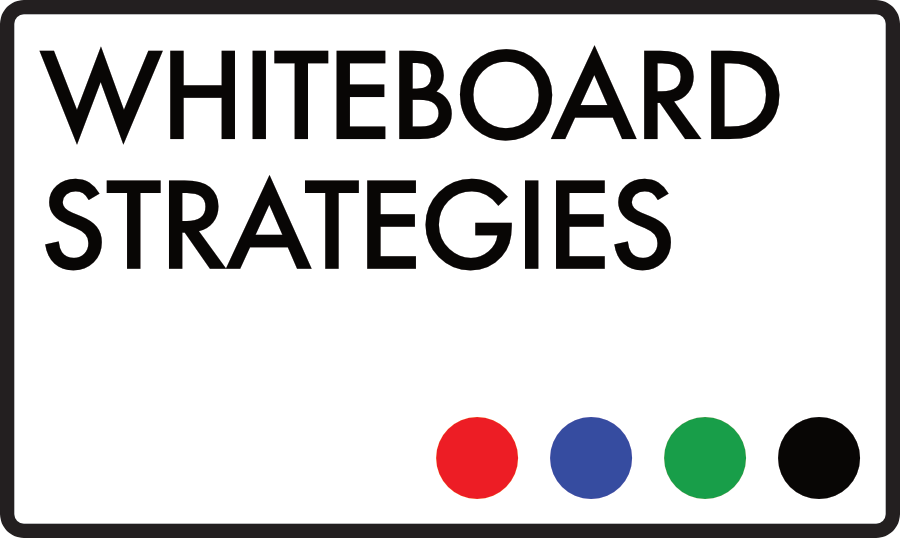When I wrote The Visual Communications Book, I had a clear aim in mind. The book is designed to explain clearly and concisely to people exactly how they can leverage words, pictures and whiteboards to sell big ideas. I wanted to explain just how easy and effective visual comms can be for explaining even the most complex products and services. I achieved that – and the book has been a real success.
What I didn’t have the time, space or brief to do was to go into much of the foundational stuff. I’m fascinated in the hows and whys of visual comms – why do visuals hold the sway that they do over people, how do they influenced and appeal to the rational modern mind, why do people so readily absorb such complex ideas through such simple tools?
The first step to answering all of these questions is to understand that the visual – pictures, lines and shapes – are at the very core of what we know as ‘communication’. Human beings have been communicating ideas to one another for at least 30 – 40,000 years. Writing has only existed for around 10% of that, and has only become the ubiquitous communications format that we know in the last 500 years. That’s the blink of an eye in terms of human history.
Visuals don’t come first just from an evolutionary point of view – because they’re so important to us, they come first to each of us individually too. John Berger, the great twentieth century thinker and theorist, wrote in Ways of Seeing that “Seeing comes before words. The child looks and recognises before it can speak”. We grow up knowing the visual before we know any of the words for the things we’re seeing, and way before we can write those words down.
Images are fundamental to the way we understand things – our brains are wired for pictures. We process images faster than we do words, we hold onto them for longer and they affect us more profoundly. I found a great article on the power of the visual this week that had a quote from the author Dr Lynell Burmark that says that “…unless our words, concepts, ideas are hooked onto an image, they will go in one ear, sail through the brain, and go out the other ear. Words are processed by our short-term memory […]. Images, on the other hand, go directly into long-term memory where they are indelibly etched.” Hook your idea onto an image and it will stick.
It’s easy to provide examples of the power of images over text. Look at this picture:
Adorable, right? Now, read this description of the picture:
“A baby rabbit, baby hamster, kitten and puppy are standing in a row looking cute, the sun is shining on them.”
Doesn’t have the same impact or effect, does it? Now think about how that immediate, gut reaction to an image can be harnessed and leveraged to achieve a desired result. An easy example of this in action is charity or PSA adverts. You could read about the connection between animal and child abuse – it may even profoundly affect you – but a perfect pairing of an image and a short explanation will having you reaching for the phone:

Another article I read this weak cited two incredible stats. The first was that “Psychologist Albert Mehrabian demonstrated that 93% of communication is nonverbal.” Words are powerful, but not as all-powerful as their ubiquity might suggest. The second statistic was from a 1986 3M-sponsored study at the University of Minnesota that proved that presenters who use visual aids are 43% more likely to be successful in getting a desired result from their audience than those who used no visual aids. That’s huge! Almost half as likely again to achieve the aim of their presentation!
The arc from visual to textual communications (and almost back again – look at the engagement statistics from the visual social platforms like Instagram as compared with the traditional platforms, incredible!) is a fascinating, deeply complex and fundamentally human one. With so much scientific, emotional and incidental evidence suggesting the superiority of visual comms, can you and your organisation really afford not to be harnessing this incredible tool?


Recent Comments